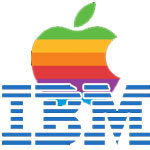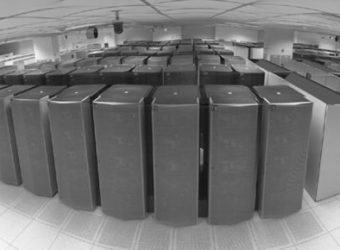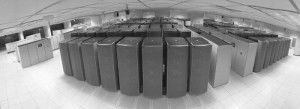July 21, 1925: John Scopes Guilty on Teaching Evolution
Subscribe! Spotify | RSS | More
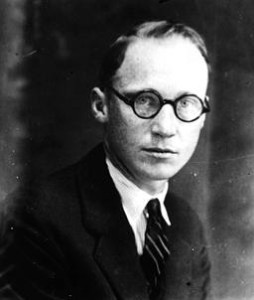
John Scopes was an activist and a teacher. In what was called the “Scopes Monkey Trial“, John was charged on May 5th, 1925 of teaching evolution in his Tennessee classroom. On July 21 he was found guilty and fined $100. The central argument in the case was the Butler Act, prohibiting that human evolution, or any Biblical account of origin could be taught.Scopes verdict was overturned, but only because of a technicality. The Judge fined Scopes and not a jury.
The Butler Act was repealed in 1967.
Full Day in Tech History podcast show notes for July 21
Subscribe to Day In Tech History:
RSS Feed - iTunes - Android - Spotify - iHeartRadio
Facebook -
- RSS Bandwidth by Cachefly Get a 14 Day Trial
- Join me on Patreon and support Day in Tech History
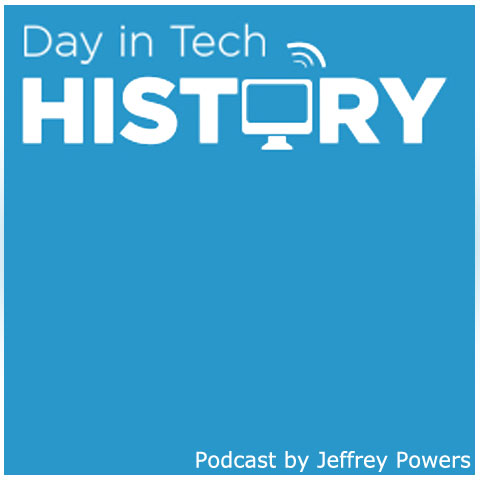
![John-Scopes[1] John Scopes](https://dayintechhistory.com/wp-content/uploads/2013/07/John-Scopes1-340x250.jpg)


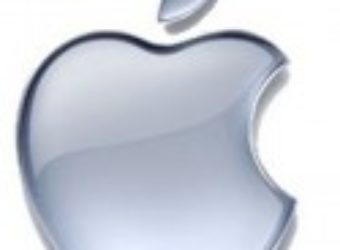
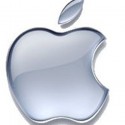
![Arco-Idaho[1] Arco-Idaho[1]](https://dayintechhistory.com/wp-content/uploads/2013/07/Arco-Idaho1-340x250.jpg)
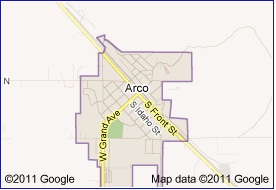

![Michael-Scott[1] Michael Scott](https://dayintechhistory.com/wp-content/uploads/2013/07/Michael-Scott1-340x250.jpg)
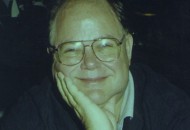
![Tron[1] Tron](https://dayintechhistory.com/wp-content/uploads/2013/07/Tron1-340x250.jpg)
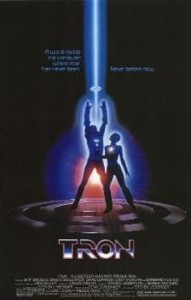
![Jack-Tramiel[1] Jack Tramiel](https://dayintechhistory.com/wp-content/uploads/2013/07/Jack-Tramiel1-340x250.jpg)
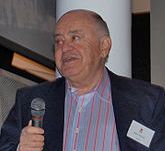
![AppleIBM[1] IBM Apple](https://dayintechhistory.com/wp-content/uploads/2013/07/AppleIBM1-340x250.jpg)
